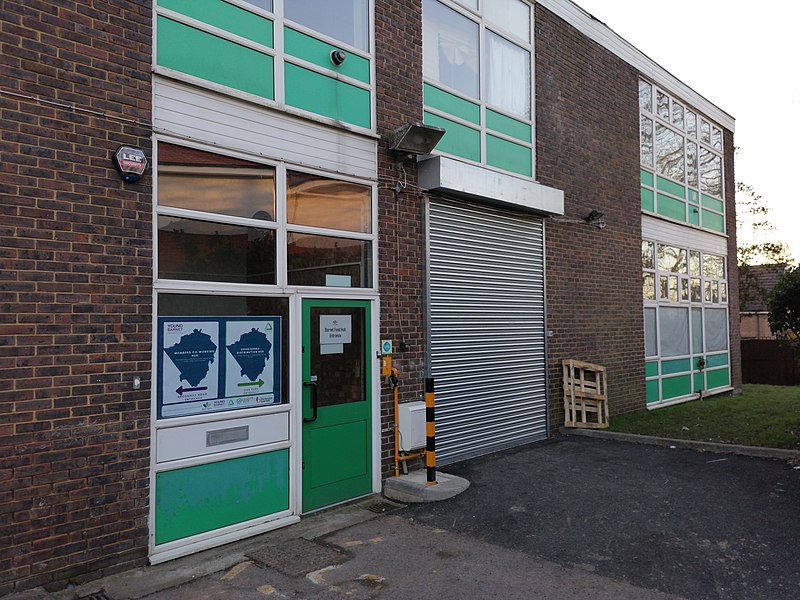
Official figures from the UK Department for Work and Pensions show that at least 2.1 million people, or 3% of families, used a food bank in the year to March 2022. This figure rises to 11% for
families receiving state income-related benefits. Families in the north of England and Scotland were found to be most likely to have used a food bank. The figures cover some of the pandemic but miss most of the energy price crisis that hit in April 2022.
Between April 2022 and September 2022, food banks in the Trussell Trust's UK-wide network distributed almost 1.3 million food parcels, a rise of 52% compared to the same period to September 2019. Heather Buckingham, director of policy and research at the Trussell Trust, called on politicians to guarantee that the basic rate of Universal Credit would always at least cover the cost of essentials.
Households where there were people with disabilities and single-parent families were overrepresented among those needing to use food banks, according to Buckingham. Care professionals can identify people who need support and issue them with a food bank voucher so they can collect a food package.
The DWP also published other figures showing the number of people living in poverty in the UK has almost returned to pre-pandemic levels. In the year to March 2022, 14.4 million people were estimated to be in relative low-income households, with below 60% of average household income. Some 4.2 million children were estimated to be living in poverty in the same year.
Becca Lyon, head of child poverty at Save the Children UK, said the "grim figures" proved families were "still very much in the depths of a crisis" and called for a proper benefits system that protects families from hardship. Food banks receive donated non-perishable food and other essential items which volunteers then sort into parcels for those in need. Photo by Philafrenzy, Wikimedia commons.



































